The ten unmissables
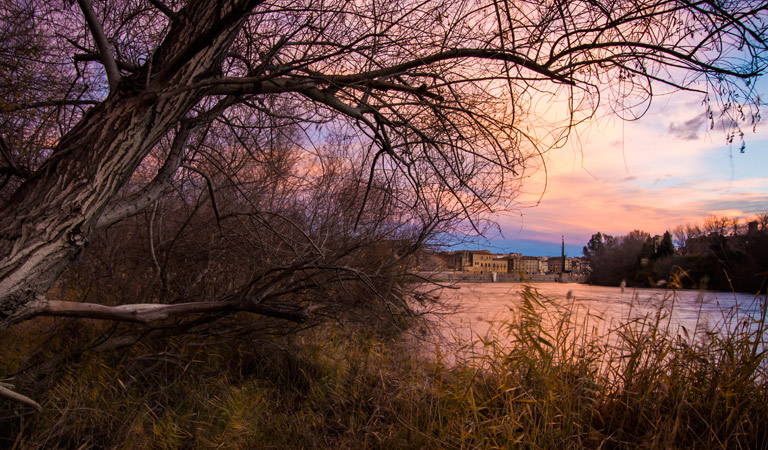
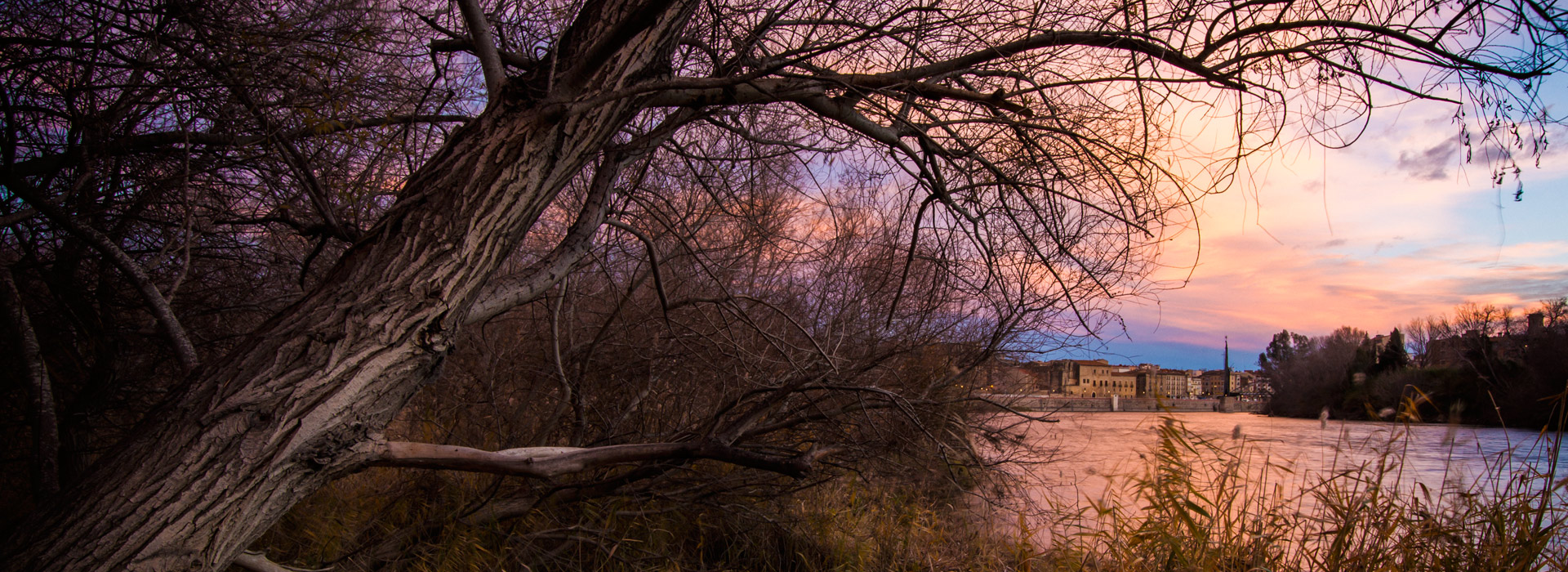
1. The city of the Ebro and the felucca
To discover Tortosa is to discover the Ebro river
The capital of the county is synonymous with this mythical river that lent its name to the whole Iberian Peninsula. The old railway bridge and the Pont de l’Estat are two perfect spots to contemplate and enjoy the magnificent views over the Ebro. One of the best places to soak up the charm of this ancient river is aboard Tortosa’s felucca, Lo Sirgador. The pier is located next to the Municipal Market. This iconic boat is a recreation of old-fashioned feluccas and offers a first-rate tourist experience. The boat sails along a regular route that lets those aboard enjoy the city’s historic riverfront and the riverside forest around the island of Xiquina. It also offers special routes with live music and wine tasting sessions.
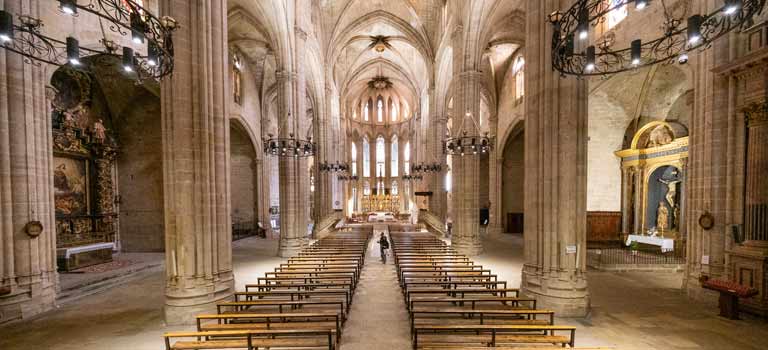

2. The cathedral
The cathedral is one of Tortosa’s most outstanding historical monuments and a mandatory stop on any visit to the city. With its Gothic interior and Baroque façade, it is thought to have taken 412 years to build. Once inside the cathedral, the permanent exhibition is highly recommended, since it includes works of art from nine centuries, important historical manuscripts and documents and a 16th-century choir stall. The Diocese of Tortosa covers not only the four counties of the Terres de l’Ebre, but also, for historical reasons, territories in the provinces of Tarragona, Castellón and Teruel.
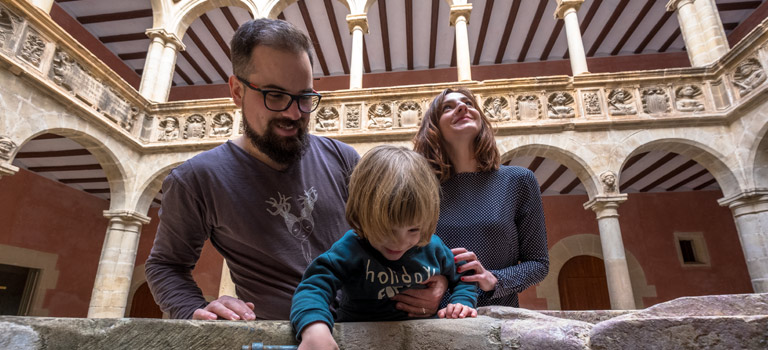

3. The splendour of the Renaissance
Tortosa is the city of the Catalan Renaissance. Founded by Charles V for the purposes of educating the Moors, the Royal Colleges of Tortosa are the city’s crown jewels and a key component of the Catalan Renaissance movement, which has no such prominent examples anywhere else. The architectural complex known as the Royal Colleges is made up of three buildings: the College of Sant Jaume and Sant Maties (which houses the Baix Ebre County Archive), the College of Sant Jordi and Sant Domènec (which currently serves as the headquarters of the Official School of Languages) and the Church of Sant Domènec (currently the Renaissance Interpretation Centre). The courtyard of the College of Sant Jaume and Sant Maties is considered unique in Catalonia. It features the busts of the kings of the Crown of Aragon, from Ramon Berenguer IV to Philip IV. Not to be missed.
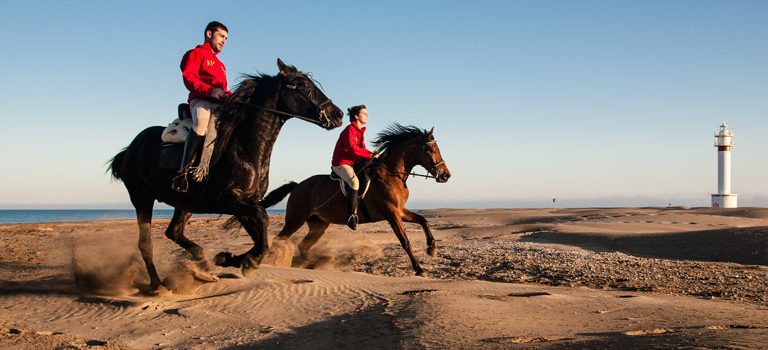

4. Outdoor activities
The city is surrounded by nature, so a visit to Tortosa can be combined with any number of outdoor activities. Tortosa lies between two natural parks, so walks and excursions to the Els Ports massif or water sports in the Ebro Delta are sure to make for an unforgettable day for nature lovers. The area also offers canoeing and kayaking activities and even horseback riding.
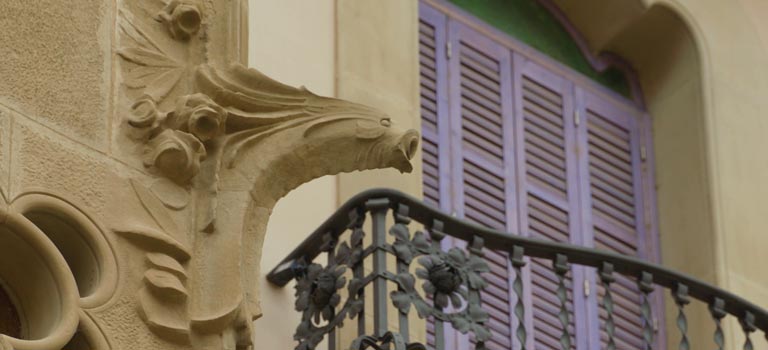


5. Modernisme and the expansion district
Strolling through the centre of Tortosa allows visitors to explore the city’s strong Modernista influence and the grid layout of the streets in the expansion district, which was built in the late 19th and early 20th centuries. The Museum of Tortosa in the old slaughterhouse and the local food market are two good examples, as is the city park, which is full of romantic touches. Stunning examples of Modernisme are dotted throughout the whole city, including Casa Grego, Casa Brunet, Casa Bau and Casa Matheu.
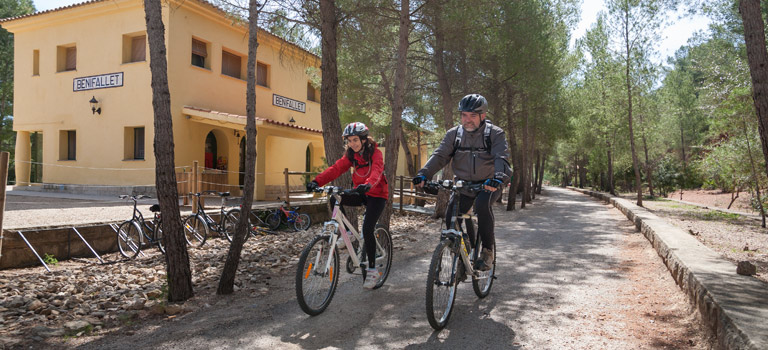

6. The Via Verda
While visiting Tortosa, we strongly recommend that you spend a day out on bikes to enjoy the tranquility of this enchanting car-free route surrounded by nature: the Via Verda (Greenway). The Val de Zafán is an old railway track that has been converted into a green route that can be tackled on foot, by bike or on horseback. It starts at the old railway bridge in Tortosa and passes through the towns of Roquetes, Jesús, Aldover, Xerta and Benifallet, and from there continues through the neighbouring county of Terra Alta towards Pinell de Brai, Prat de Comte, Bot, Horta de Sant Joan and Arnes. It ends up in Alcañiz in Aragon.
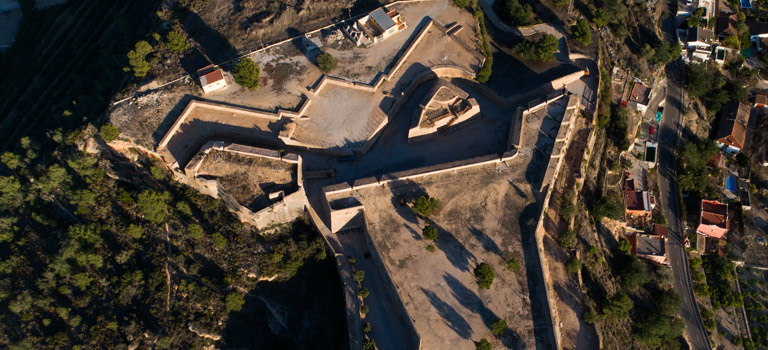

7. The fortifications
Tortosa retains a powerful wall and a network of fortifications, including the fort of Tenasses, the fortifications of Sitjar, the forts of Orleans and 14th-century stretches of wall. Several towers have also been preserved. Suda Castle, a cultural asset of national interest, is an impressive architectural demonstration of the city’s Al-Andalus history. Today it houses a Parador hotel.
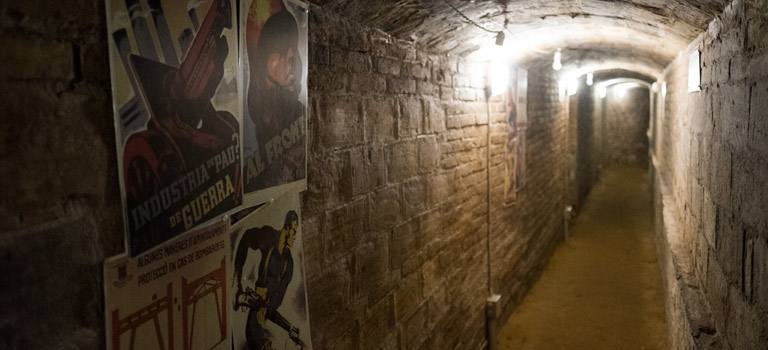

8. The Civil War
Tortosa was at the front line of the Spanish Civil War (1936-1939). The city was devastated by Franco’s bombs. The reconstruction of the damaged buildings and streets was a long and difficult process. Today it is possible to visit an air-raid shelter where visitors can get a sense of the panic that Tortosins may felt during the tragedy. In the neighbouring county of Terra Alta you will discover locations where the Battle of the Ebro, the bloodiest of the Civil War, was fought.
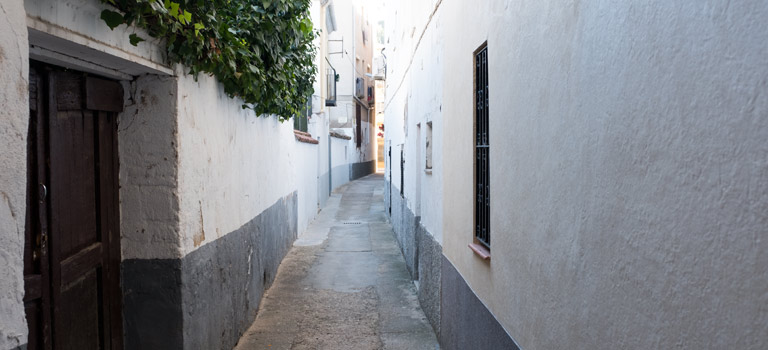

9. The Jewish quarter
Tortosa is one of the few places where, in the Late Middle Ages, the three great monotheistic cultures and religions coexisted: Christian, Muslim and Jewish. Another essential visit is the Jewish quarter, formed by a network of white, narrow and winding streets that take visitors on a trip to the past, as if time had stood still.
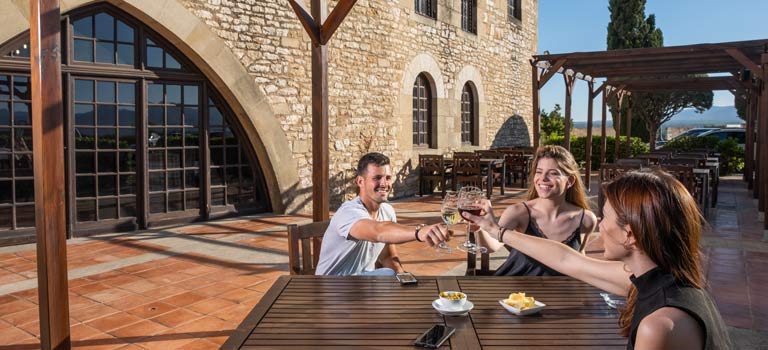

10. Engage in the art of living
The city of Tortosa echoes the traditions of all civilisations that have passed through it and offers a culture of living that truly awakens the senses. Tortosa is the perfect city for enjoying a relaxing stay and a wide range of gastronomic options. A visit to the city’s food market is a must for those who want to appreciate the produce and fantastic local cuisine, which embraces both seafood and mountain dishes due to its proximity to a wealth of agricultural products and rich fishing grounds.